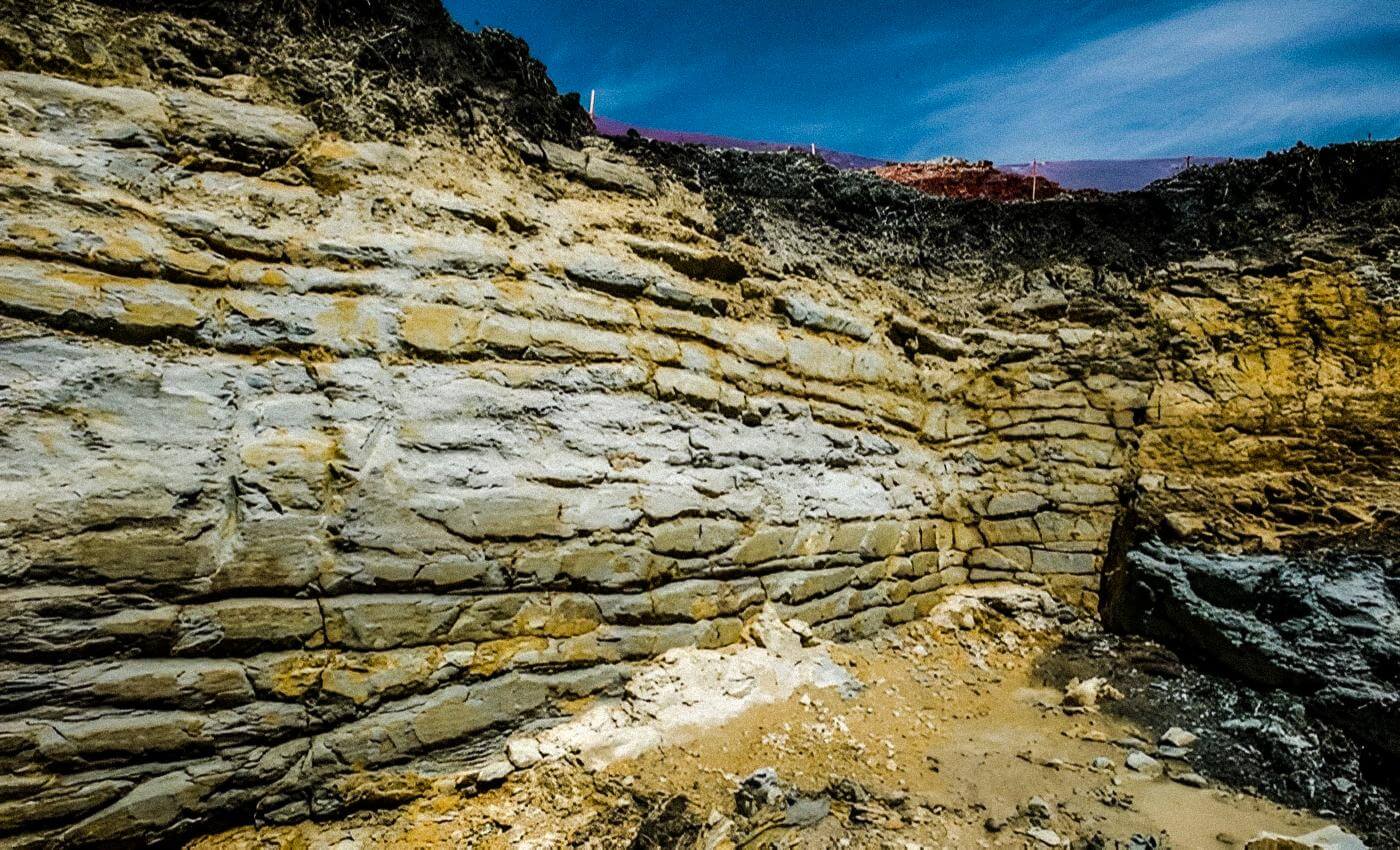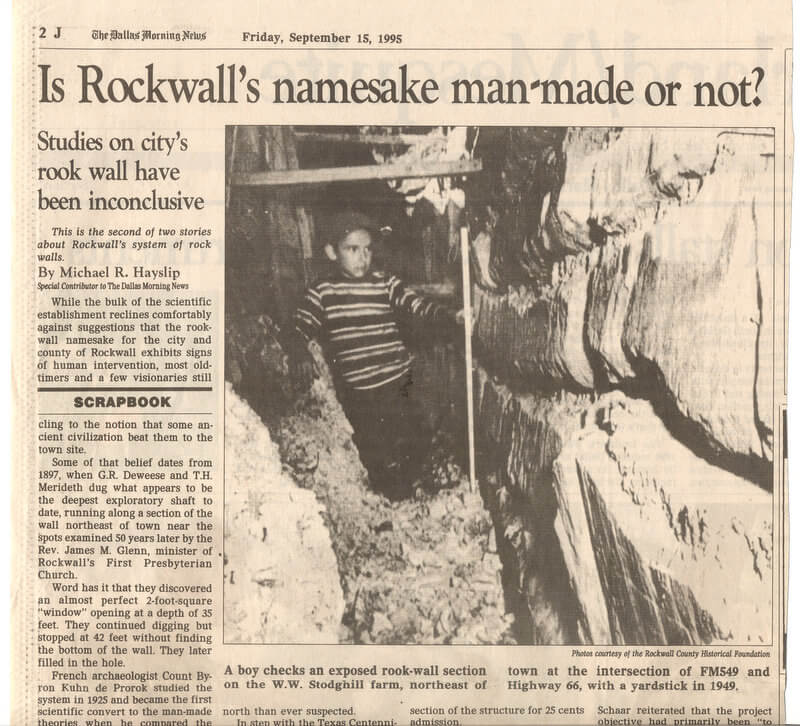
The Rock Wall of Texas: Is It Really Older Than Any Known Human Civilization On Earth?
Estimated to be some 200,000 to 400,000 years old, some say it’s a natural formation while others say it’s clearly man-made.
By: N. Hale | Ancient Mysteries
Imagine stumbling upon a stunning relic that challenges our understanding of human civilization; this is what the story of the Rock Wall of Texas is. Is it a natural formation or an ancient structure crafted by human hands?
In the year 1852, in what is now Rockwall County, Texas, a group of farmers in search of water uncovered something truly remarkable. What emerged from beneath the earth was an intriguing rock wall, shrouded in mystery and speculation.
Estimated to be between 200,000 and 400,000 years old, this colossal structure has divided opinions among experts and ignited the curiosity of many. Some argue that it is a natural formation, while others firmly believe that it is undeniably man-made. So, what exactly has fuelled this controversy?
To shed light on this contentious subject, Dr. John Geissman from the University of Texas conducted an extensive investigation. He tested the rocks found in the Rock Wall as part of a History Channel documentary.
Initial tests revealed something fascinating. Every single rock from the wall exhibited the exact same magnetic properties. This consistency suggests that these rocks originated from the area surrounding the wall itself, not from a distant location.

Dr. Geissman’s findings suggested that the Rock Wall might actually be a natural structure, rather than man-made. However, not everyone is convinced with this finding; they have called for further studies to solidify this possibility.
Could Ancient Peruvians Really Know How To Melt Stone Blocks?
While the research by Dr. Geissman is intriguing, one test cannot be the sole basis for defying such a significant claim.
Despite the scepticism, other experts, such as geologist James Shelton and Harvard-trained architect John Lindsey, have identified architectural elements within the wall that suggest human involvement.
With their trained eyes, Shelton and Lindsey have observed archways, linteled portals, and window-like openings that bear a striking resemblance to architectural design.
According to their research, the level of organization and the intentional placement of these structural features are highly reminiscent of human craftsmanship. It’s truly remarkable.
As the debate rages on, the Rock Wall of Texas continues to captivate the minds of those who venture to study it. Will further scientific investigations finally unravel its secrets and provide clarity to this enduring enigma?
Until then, the Rock Wall of Texas remains massive, bearing witness to an ancient mystery that challenges the very foundations of our understanding of human history.
* * *
NEXT UP!
Archaeologists Find 24 Bronze Statues, Preserved In Tuscan Spa For 2,300 Years
An “exceptional” trove of bronze statues preserved for thousands of years by mud and boiling water have been discovered in a network of baths built by the Etruscans in Tuscany.
The 24 partly submerged statues, which date back 2,300 years and have been hailed as the most significant find of their kind in 50 years, include a sleeping ephebe lying next to Hygeia, the goddess of health, with a snake wrapped around her arm.
Archaeologists came across the statues during excavations at the ancient spa in San Casciano dei Bagni, near Siena. The modern-day spa, which contains 42 hot springs, is close to the ancient site and is one of Italy’s most popular spa destinations.
* * *
READ MORE: Decadent Roman Party Town: The Lost City of Baiae
Interesting! An Ancient Financial Crisis Has Been Discovered… In Roman Coins
Enjoyed it? Please take a moment to show your support for Collective Spark.
We’d love to hear from you! If you have a comment about this article or if you have a tip for a future Collective Spark Story please let us know below in the comment section.
